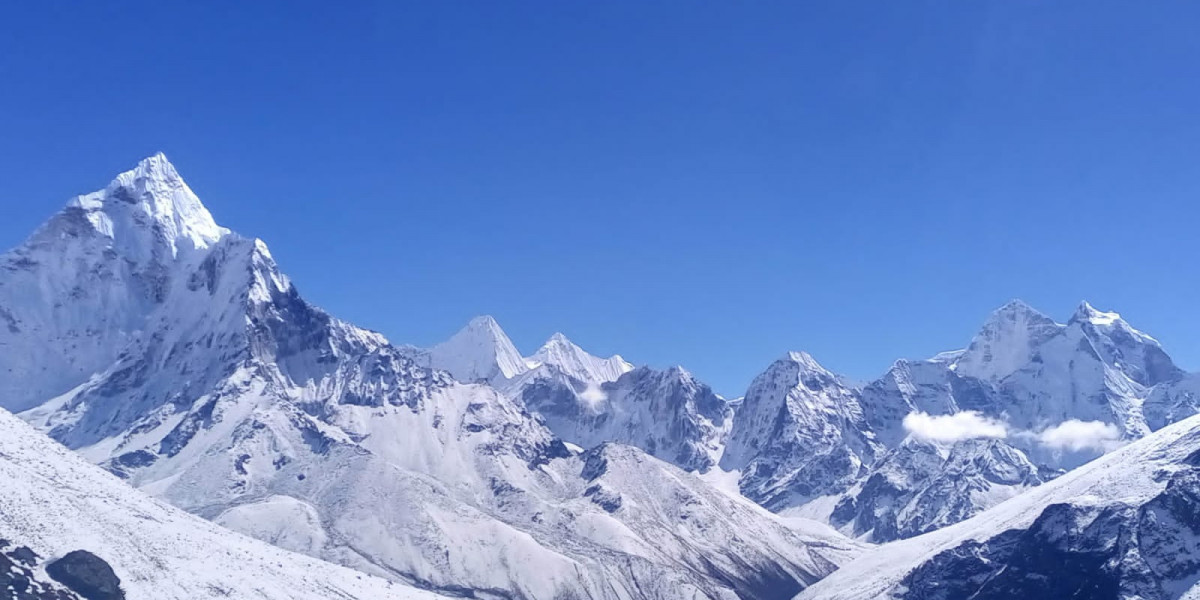When someone thinks about the Kanchenjunga Trek, they imagine a long winding path that goes through forests, hills, rivers, and very tall mountains. This place feels like a secret world where everything is quiet, peaceful, and full of natural stories. For beginners who have never walked on such big mountain trails before, the journey can feel exciting but also a little scary. To understand the difficulty, we need to look at the trek slowly and gently, just like explaining a big adventure to a very small child in simple words.
The Trail and Its Nature
The Kanchenjunga trail is like a long snake sleeping across hills and mountain slopes. Sometimes it goes up gently, sometimes it climbs steeply, and sometimes it becomes narrow and rocky. A beginner might feel surprised when the path suddenly rises like a tall staircase, making their legs feel heavy and their breathing become deeper. The forest in the beginning feels soft and friendly, but as the trail goes higher, the trees become fewer and the air becomes cooler. It is not dangerous but it is challenging because the ground keeps changing under your feet. For a beginner, it feels like learning to walk in a new world where every step teaches something.
The Long Walking Hours
Walking in the Kanchenjunga region means spending many hours moving slowly through nature. The body might start strong in the morning but by afternoon, beginners often feel tired, sleepy, or hungry. The legs feel like they are lifting small stones. The back feels warm and tired. The mind wonders how far the next village is. It is normal for beginners to feel this way because their bodies are not used to long days of walking. The trail is long not because trekkers are slow but because the mountains are huge. The distance between places is big. The walk teaches patience, just like teaching a little child to keep going step by step without rushing.
The High Altitude Feeling
As the trek reaches higher lands, the air becomes thinner. This thin air makes the body work harder. Beginners may feel their breathing become faster, their heart beating loudly, and their legs moving slower. They may get a light headache or feel a bit dizzy. This happens because the body is learning how to live where there is less oxygen. If someone goes too fast, the body becomes uncomfortable. But if they walk slowly and rest often, the body slowly adjusts. Trekking at high altitude is like slowly teaching a child how to climb a tall ladder without fear and without hurry.
The Remote and Simple Villages
The Kanchenjunga region is far away from busy roads and loud cities. The villages are small and peaceful. The houses are simple. The food is warm but basic. There are no big shops, no modern comforts, and no easy places to buy things. For beginners, this can feel difficult because they must depend on what is available. The simple lifestyle can feel surprising at first, but slowly it feels beautiful. People welcome you with soft smiles. Children laugh in the fields. Birds sing early in the morning. The simplicity teaches beginners to enjoy small moments, even though adjusting to it is sometimes hard.
The Changing Weather Patterns
The weather in the mountains behaves like a playful child. Sometimes the sun shines brightly, making everything warm and golden. Sometimes clouds move quickly, bringing sudden rain or cold wind. At higher places, snow can appear like tiny white feathers. Beginners may feel confused by these quick changes. The body feels warm, then cold, then warm again. Clothes need to keep changing. Sometimes the path becomes slippery or muddy. This makes the trek feel harder because beginners are not used to such fast changes. But the mountains teach flexibility and acceptance, the same way a child learns to play happily even when the weather changes.
The Physical Challenge for a Beginner’s Body
The human body needs strength to walk for many days. The legs climb steep hills. The feet land on uneven stones. The lungs breathe deeply. The shoulders carry a backpack. For beginners, this can feel very hard in the beginning. The muscles may ache. The body may feel tired. The mornings after sleeping may feel slow and stiff. But slowly the body becomes stronger. Each day, the legs learn more. Each hour, the breathing becomes easier. The trek helps the body grow, just like a small plant growing a little taller each day with sunlight and water.
The Emotional Journey
The emotional part of the Kanchenjunga trek is a big part of its difficulty. Sometimes beginners feel scared because everything is new. Sometimes they feel lonely because the mountains are so big and quiet. Sometimes they feel proud because they climbed a steep part. Sometimes they feel tired and want to stop. Emotions change like the weather. But the mountains also give comfort. They give beautiful views, soft winds, warm sunrises, and starry nights. They give moments where the beginner feels brave, strong, and happy. The emotional journey is difficult but also beautiful because it teaches courage, trust, and patience.
How Beginners Experience the Overall Difficulty
When we look at all these parts together, we see that the Kanchenjunga trek is difficult for beginners, but not impossible. It is long, high, changing, remote, and physically demanding. But it is also gentle, slow, patient, and full of beauty. The trek does not rush anyone. It allows beginners to walk at their own speed, rest whenever needed, and enjoy the scenery. The mountains are not testing you; they are guiding you. They show you how strong you can be. They show you that even the slowest walker can finish the journey if they keep taking small steps with a calm heart.
Conclusion
The Kanchenjunga trek is a challenging adventure for beginners, but it is also a deeply rewarding one. The path may feel long, the air may feel thin, and the steps may feel heavy, but each moment teaches something about strength and patience. The mountains welcome every beginner with open arms, not asking them to be perfect, only asking them to try. With slow walking, steady breathing, warm food, gentle rest, and a hopeful heart, even a beginner can complete this beautiful journey. The difficulty becomes a memory of courage, and the trek becomes a story of growing stronger with each simple, loving step.







